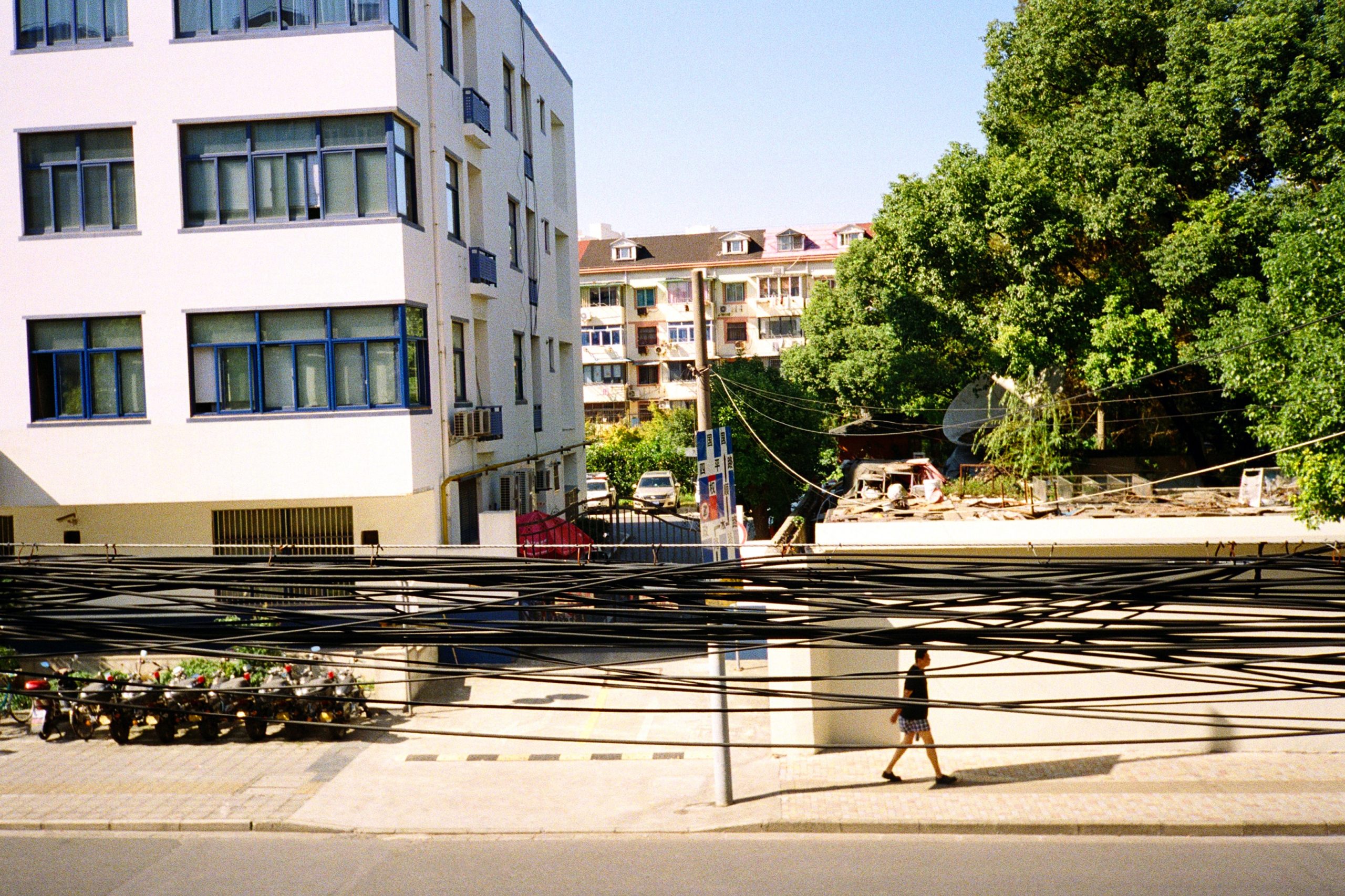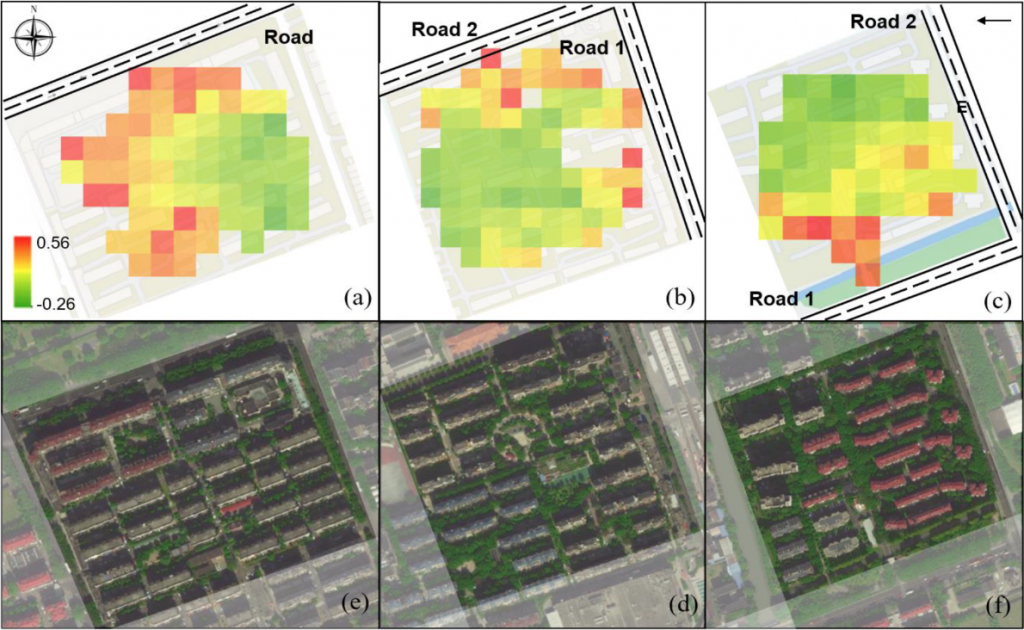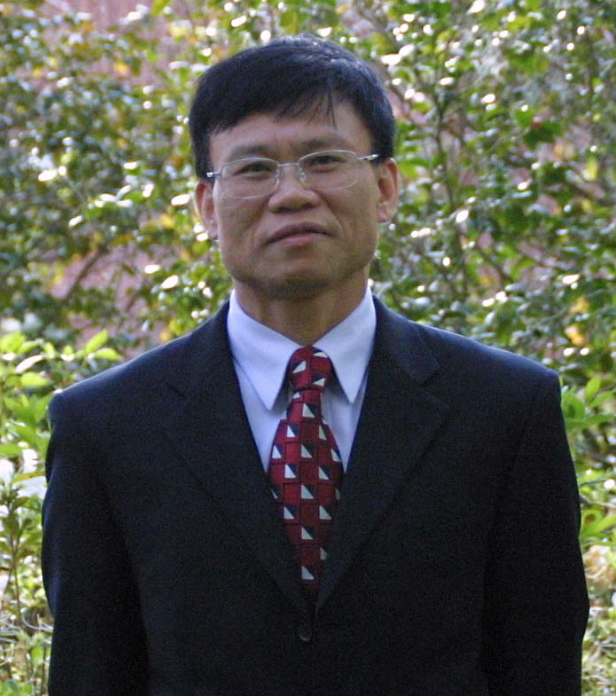Dr. Peng carbon emissions research published in Sustainable Cities and Society
Dr. Peng and his research partners studied spatiotemporal variations in carbon emissions at the neighborhood level in Shanghai, China.

A neighborhood in Shanghai, China. Photo by Wladislav Glad via unsplash.com.
May 27, 2022
Dr. Zhong-Ren Peng and other researchers published a study in Sustainable Cities and Society on the effects of Carbon Dioxide (CO2) emissions at the neighborhood scale. Many studies explain the link between CO2 emissions and its effects at the national, regional, and city level, but there is considerably less information available for its effects at the neighborhood level. This study helps fill that knowledge gap.
The study makes first-of-its-kind mobile measurements of CO2 in 2 km by 2 km urban neighborhoods in Shanghai, China with different land use types and tree coverage. The study found that CO2 concentrations were most prevalent in roadside areas, followed by residential areas, and green space areas. Additionally, more CO2 concentrations were measured in the late afternoon than at noon, and in the winter than the summer due to the air temperature and levels of energy consumption. Traffic-related carbon emissions were the most important influence of CO2 concentrations.

One solution the article recommends that policy makers place a greater importance on urban green space planning. Green spaces create greater carbon absorption and therefore mitigate CO2 concentrations. Additionally, policy makers push for a shift in land use zoning practices that reduce reliance on transportation that relies on fossil fuels. The authors conclude with a recommendation for future research that expands on spatiotemporal scopes of field experiments and considers more land use types and carbon emission sources to paint a more accurate picture.

Dr. Peng is an Urban and Regional Planning professor and Director, International Center for Adaptation Planning and Design (iAdapt).